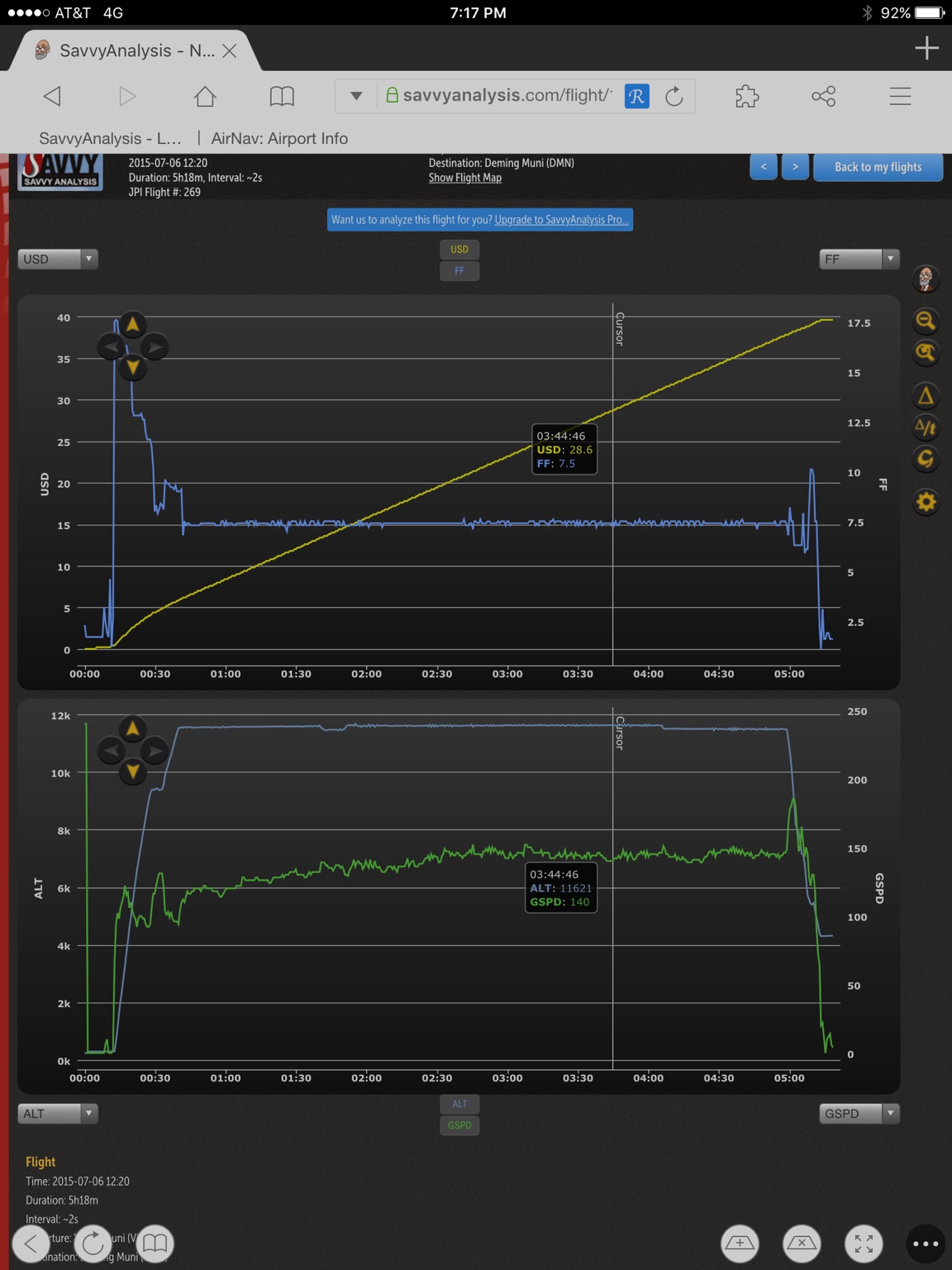When you are talking speed, you have to specify if its incated mph, knots or Knots True.
Secondly, you have to specify what fuel burn.
Mooneys are faster than 182s, even retract ones. The turbo 182s are fast up high, but I suspect a turbo Mooney is similarly faster. Just look at them. They are sleeker
But a 182 is more comfortable for bigger guys. Also, looking at the ground type fliers like them. Moneys are better for sky view and you get a good look at the ground when you turn. The back seat of the non stretched Mooneys are small and the front seats are very close to the floor. Ive flown both and I didnt think a Mooney handled all that "special" Seemed about like any other low wing of that speed and size. But they do sip gas...
I flew a Mooney M20C, 1968 and it was 5 knots faster than the 182 straight leg of the same vintage I flew. And the 182 used more gasoline. The Mooney used 8gph and the 182 used 13 or so. At the same fuel burn the Mooney is going to be 12 knots faster? Im not really all that positive on that. The Mooneys a little faster and burns less fuel because its smaller. Especially vertically smaller.
Secondly, you have to specify what fuel burn.
Mooneys are faster than 182s, even retract ones. The turbo 182s are fast up high, but I suspect a turbo Mooney is similarly faster. Just look at them. They are sleeker
But a 182 is more comfortable for bigger guys. Also, looking at the ground type fliers like them. Moneys are better for sky view and you get a good look at the ground when you turn. The back seat of the non stretched Mooneys are small and the front seats are very close to the floor. Ive flown both and I didnt think a Mooney handled all that "special" Seemed about like any other low wing of that speed and size. But they do sip gas...
I flew a Mooney M20C, 1968 and it was 5 knots faster than the 182 straight leg of the same vintage I flew. And the 182 used more gasoline. The Mooney used 8gph and the 182 used 13 or so. At the same fuel burn the Mooney is going to be 12 knots faster? Im not really all that positive on that. The Mooneys a little faster and burns less fuel because its smaller. Especially vertically smaller.
Last edited:






 ) 210 opened up right behind me.
) 210 opened up right behind me. 